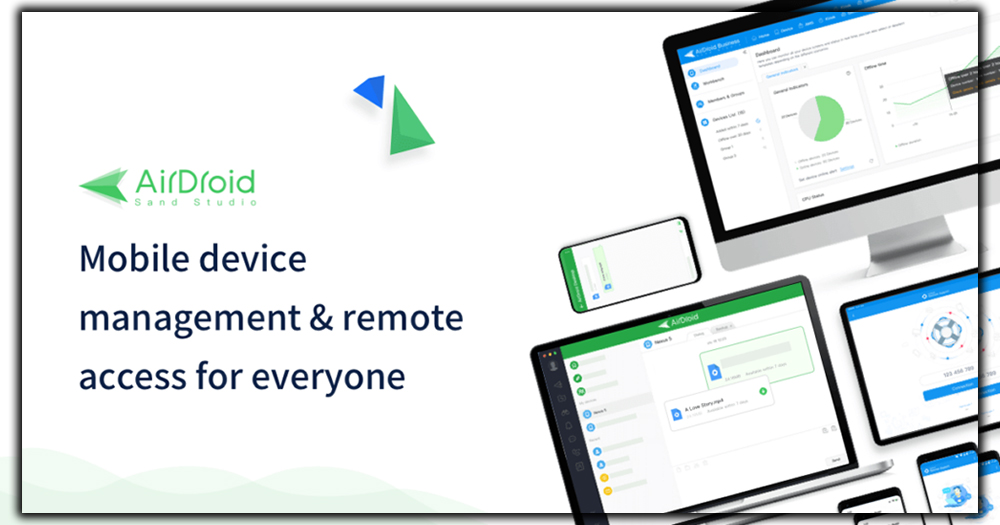
How have you guys managed to keep AirDroid free for so long? Is it essential that it remains so?
What are some of the challenges you’ve faced in developing AirDroid? Technical constraints?
Where can AirDroid go from here? How will it maintain its status as one of the apps to have on Android?
How long have you been an Android user?
Anson replied: I’m a programmer. I’m obsessed with new technology. I bought an iPhone as soon as the first one launched in 2007, then purchased an HTC G1 in 2008. At that time, the user experience of Android was far behind the iPhone’s. However, the development of the Android ecosystem has been impressive, both in software and hardware. That’s why we continue to increase investment in Android.
What’s the phone you’re currently sporting, and why?
Anson replied: I use the Nexus 5 in daily life. My former Android phones were mostly Nexus series. The Nexus 5 is simple, fast, and easy to use. It’s reliable. I always test the new AirDroid on the Nexus series first.
What’s one app you can’t live without?
Anson replied: I love the apps that make Android more human.
The most frequently used one is Gravity Screen by Plexnor. It automatically turns the screen on and off using gravity proximity sensors when I need it. No need for me to touch the power button again. When I drop it into my pocket, the screen goes off instantly. It remains so whether I walk or run. And the moment I pull it out, it turns on the screen.
Another one is Sleep as Android by Urbandroid. It’s the first app that I use every morning. It’s an alarm app, but it knows better than my wife when to wake me up, at least sometimes. It works by monitoring the body movements through a built-in sensor to find an optimal moment to wake me up. Exceptionally, the optimal moment is optimal and brings me a pleasant morning. Apps like these make Android more like a human. It’s also our hope with AirDroid.






